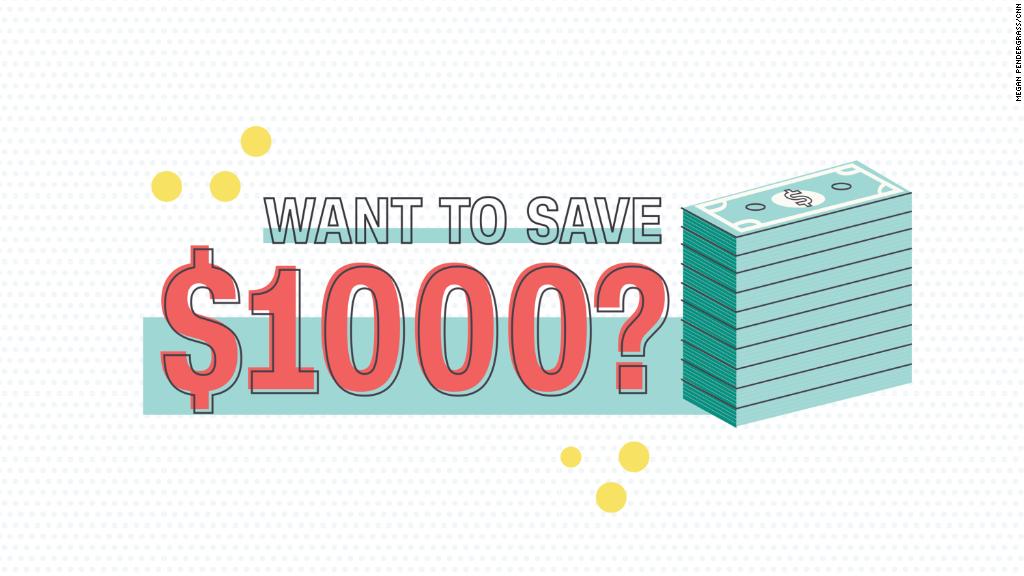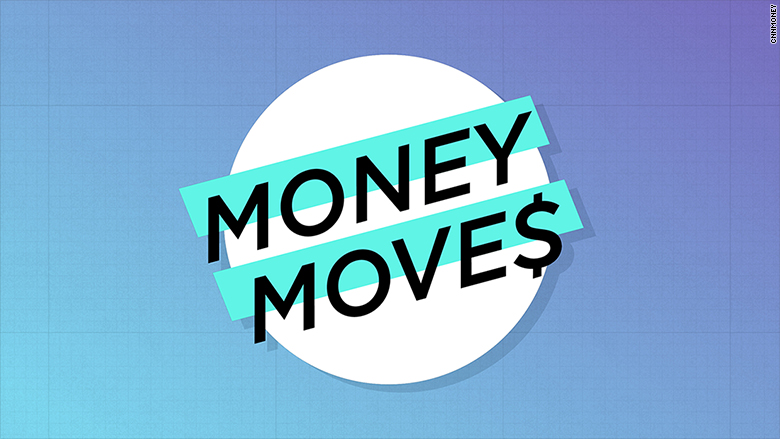
I have $7,100 in credit card debt and almost all of my cards are maxed out. How do I decide which card to pay off first? — Anonymous
There are a couple different ways to tackle credit card debt.
While you'll want to keep paying at least the minimum required on all cards, you'll need to decide where extra money will go.
Some people recommend focusing on the card with the highest interest rate first. Others suggest prioritizing the card with the smallest balance.
But which approach is right for you?
Related: Can I start investing with $500?
Before you get started, take a look at some of the questions below. Then, you can plan out your repayment strategy — and hopefully avoid a similar situation in the future.
Can you really afford bigger payments right now?
First, make sure you have the means to pay off your credit card debt quickly without interfering with other goals.
"You don't want to be interfering with obligations as you push toward paying off your debt quickly or all at once," says Bruce McClary, vice president of communications at the National Federation for Credit Counseling. "No matter what happens, it's best not to interrupt your progress saving for short-term and long-term goals."
Don't deplete your emergency fund to pay off your cards right away. If another disaster strikes, you might have to put more money back on a credit card, starting the cycle all over again.

Related: When student loan forgiveness plans may not be worth it
Snowball or avalanche?
People usually take one of two paths to paying off their cards: The "snowball" or the "avalanche."
With the "snowball" method, you focus on paying off the debt on your low-balance cards first, while paying the minimum on the other cards. Then you work your way up to the card with the next-lowest balance. This way, you build up momentum to tackle the bigger balances on other cards.
The "snowball" approach usually helps people stay motivated as they pay down debt, says Jennifer Lane, a financial planner at Compass Planning in Boston.
But it could mean you pay more in interest over time.
The "avalanche" method requires you to focus on paying off the card with the highest interest rate first. That's the one that will end up costing you the most money in the long run.
But it might be hard to stay the course with this strategy, especially if that card has the highest balance and takes a long time to pay off.
"You're not seeing progress fast enough so it's really hard to stick with that plan," Lane said.
But it can save you more money over time because you'll end up paying less in interest.
What should you do with the cards after paying them off?
Once you're in the clear, you may be tempted to close all these cards that once caused you so much anxiety. But be careful — closing that many credit cards at once could lower your credit score. Do some research to make sure you're going about it the right way.
And be sure to keep your oldest card active. A longer credit history can help your credit score.
"It might not be your favorite card, but keep it," Lane says. "We want that credit history. If you close it, your history will shorten."
After paying off your debt, sorting out your funds and celebrating your freedom, take time to reflect.
"Rather than just really punishing yourself for ending up in this credit card debt, step back and figure out, 'OK, I'm going to fix this, but how is this not going to happen again?'" Lane says. "Really look back and say, 'How am I going to track and make sure I'm building an emergency fund so I'm not back in this cycle?'"
